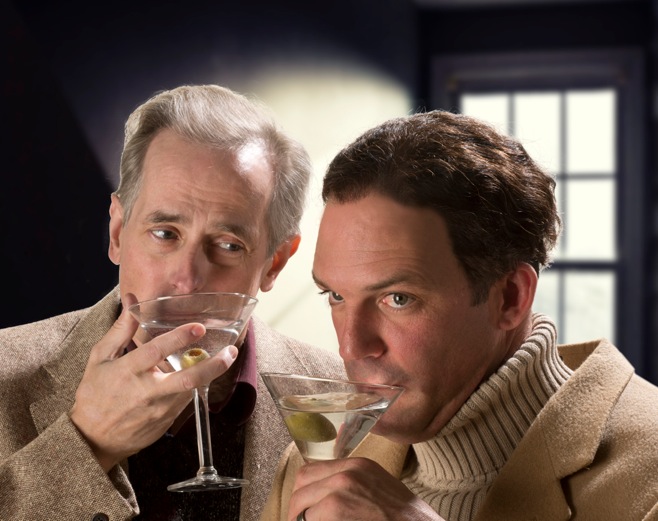With the set of a lifetime, this show is a must-see.
Remember what I said about not fixing what ain't broke? Yeah, screw that.
Because what Cameron Mackintosh has done to bring Phantom of the Opera (which, at 25 years and counting is now the longest running Broadway show of all time) into the 21st century is absolutely incredible.
I've been pondering why I liked this so much more than the recently updated Wizard of Oz, and I think it's that the new Phantom is truly an upgrade. It feels sumptuously luxurious - so luxurious, in fact, that you have to pinch yourself consistently while you're watching to make sure you're not dreaming.
The Phantom of the Opera is Andrew Lloyd Webber's exceptional adaptation of Gaston Leroux's
novel of the same name. It eliminates some characters from the book (which is highly worth reading, btw), but retains the romantic heart of the plot: beautiful Christine Daae learns to sing from a mysterious Opera Ghost (Phantom). When the opera's management shifts hands, she becomes a headliner and simultaneously the object of desire and jealousy for the Phantom and the opera's new patron, Raoul. Things begin to spiral out of control as the Phantom and Raoul vie for Christine's hand, climaxing in a showdown in the Phantom's lair deep beneath the opera.
It's a tense story, with riveting action sequences, lush dance, opera parodies, explosions, boats, swinging chandeliers, and a great, organ-filled score. The cast here holds their own, including Mark Campbell as the Phantom and Julia Udine as Christne Daae, and as always the primadonna Carlotta (Jacquelynne Fontaine) is a crowd favorite.
But to be honest, there is only one reason, and one reason alone, that you should see this show:
THE SET.
Oh my god, the set. It is hands down, no-doubts-about-it the best set I've seen anywhere in my life. I'm still beating my brain trying to figure out how this production is able to travel with the sheer enormity of each set piece, but it doesn't really matter - all you need to know is that it's spectacular.
There is a fullsize gilt framed opera house, life size replicas of Parisian statues and cemeteries, the chandelier (which drops over the audience, of course), ceiling-mirrored ballrooms, and more. My personal favorite is the path to the Phantom's lair, which now not only involves the boat floating across the lake but a descent down a stairway that grows in and out of a massive wall set, almost as if it's an alligator disappearing into a lake. I've never seen anything like it, and it's unforgettable.
Long story short? Long-running shows like The Phantom of the Opera can begin to feel stale, boring, and not worth seeing if you've already seen a production elsewhere. That is not the case this time; it's worth every penny if you can get a ticket, and I'd even go twice if I could. Please, please check it out - you won't regret it. For information about tickets and times, click on this link.
And, for a look at some of the physical updates (although the cast is
not the same as that of this Minneapolis production), check out the
following video.

























